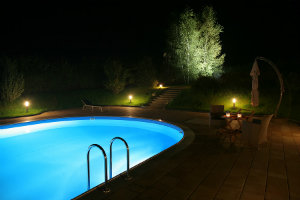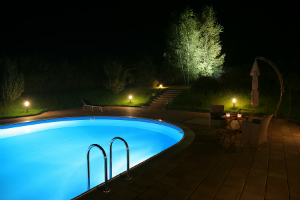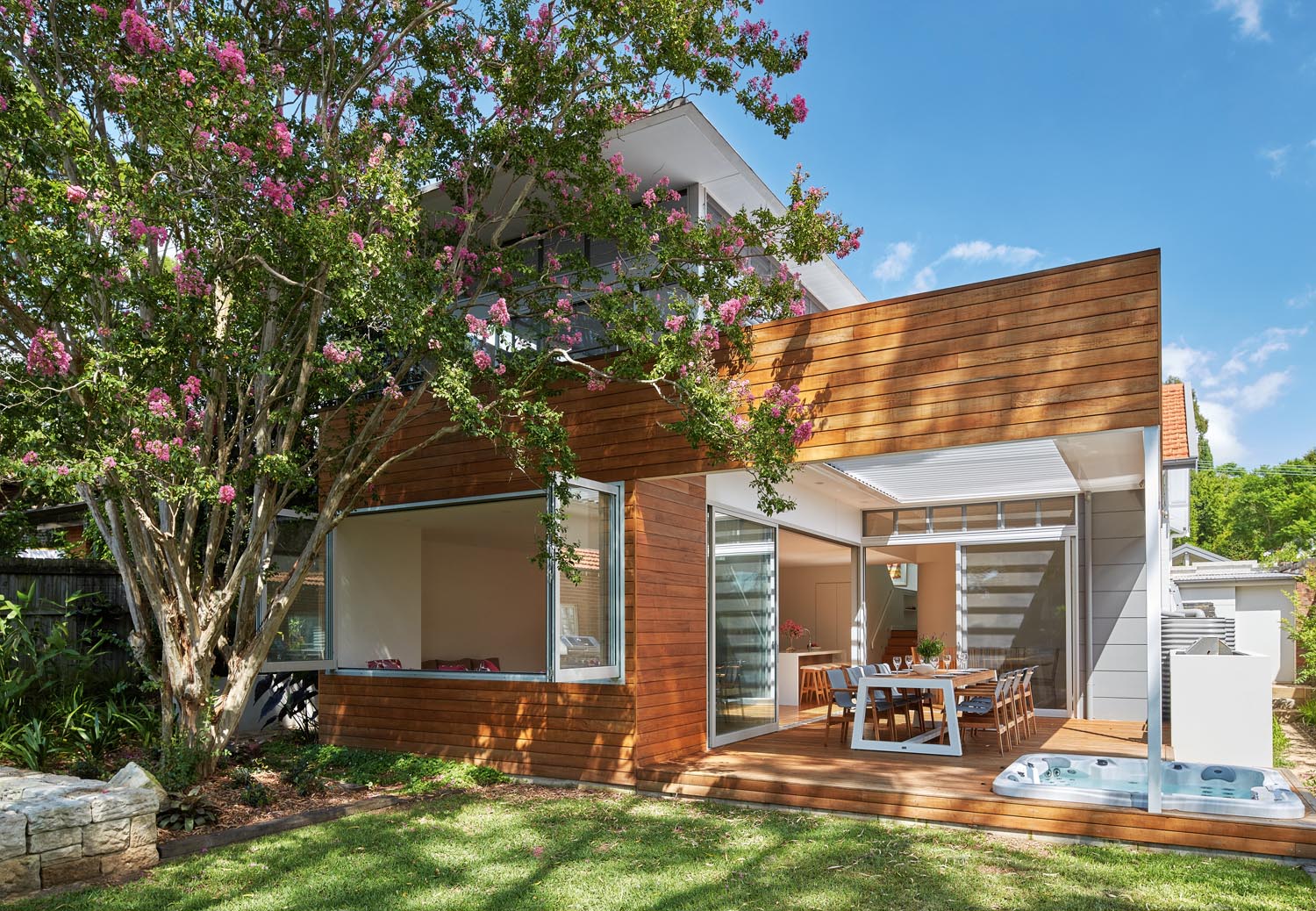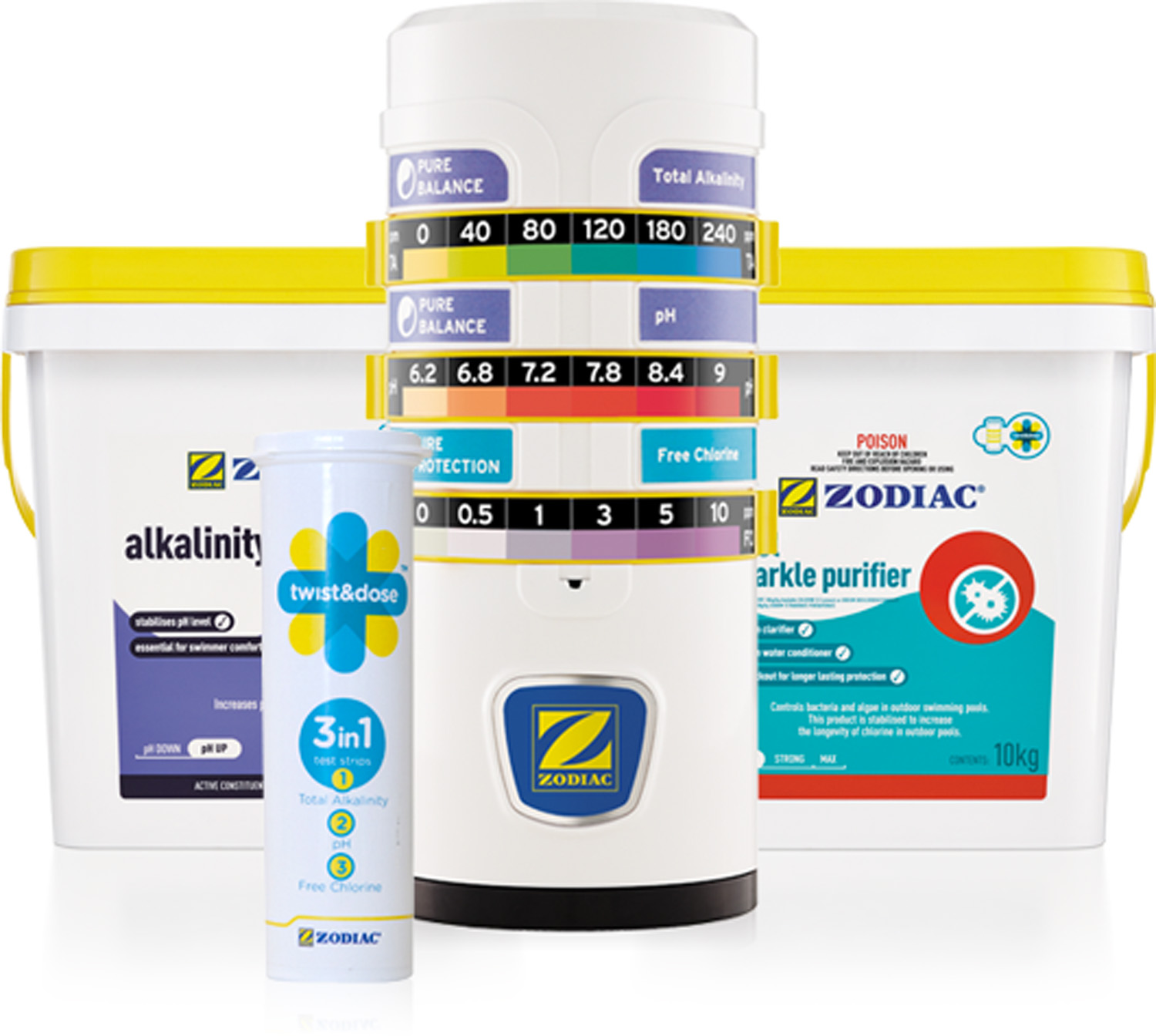We shed new light on the best way to illuminate your swimming pool.
By Vikki Mason
Until just a few years ago, the only decision you had to make regarding pool lighting was how bright you wanted your lights to be and how many you needed. Today, thanks to legislative changes calling for a safer product and consumer demand for more innovative designs, the effect pool lighting can have on an outdoor project is huge, whether you’re looking to extend your swimming hours or merely turn your pool into a glowing oasis after dark.
Many of us don’t have the luxury of enjoying our pools during the day due to work demands. Installing underwater pool lights allows you to swim safely and enjoy your pool in the evenings.
“The swimming pool is considered a feature in your garden,” says Jules Harwood of Spa Electrics. “Without lights, your pool feature becomes a black hole at night. Displaying your pool in the evening is easy by simply installing underwater pool lights.”
Gary Clark of Aqua-Quip says a modern pool simply cannot be enjoyed at night without being illuminated. “Whether you’re swimming for exercise, splashing with the kids or entertaining near the pool, effective and carefully positioned underwater lights are a must to improve your overall backyard experience,” he says. “Pool builders are also becoming more ‘switched on’ by explaining the benefits of illumination to their customers rather than just installing one light at the end of the pool and hoping for the best.”
For David MacCallum of Pentair Water Pool and Spa, the most important thing to remember is not to under-illuminate your pool. The minimum requirement to target is 0.5 watt per square foot. And placement of the lighting is especially important for pools with curved walls or coves. “A single fixture may be sufficient for a small round or rectangular pool, while a large pool with many curves will need multiple light sources to provide an even coverage,” David advises.
But how do you know which option will be best for your pool?
Which lights are available?
Underwater lights are available in two styles: surface-mounted and flush-mounted. Both styles are easily integrated into concrete and fibreglass pools, although vinyl pools are limited to the surface-mounted option only.
A surface-mounted light is installed on the side of the pool wall. Which brand of light you choose will determine how far the light will protrude from the pool wall. On the other hand, a flush-mounted light is installed inside the pool wall and exposes only the face plate of the light, giving a more “flush” look to the design.
Jenni Raine of Waterlinx Australasia says it ultimately comes down to personal preference when addressing this initial decision, although each installation has its
own advantages.
“Low-angled surface-mounted lights are less susceptible to hindering pool cleaners or being used as a step,” she says. “Surface-mounted lights also often cast more light over a broad area in the pool and can generally be retrofitted as replacements for older surface- or flush-mounted lights using a system of brackets.”
In contrast, flush-mounted lights can be installed in concrete pools only at the time of construction, says Jenni. “Generally, some type of receptacle or ‘bucket’ is fitted into a niche or cavity in the wall of the pool and the light unit is flush-mounted into the bucket. These types of lights are less visible and look neater; however, the spread of actual light emitted may be a lower intensity or narrower beam in some cases.”
It’s always advisable to discuss which style of light is suitable for your pool with your chosen builder, who can answer the question directly related to your particular pool design.
Halogen verus LED
Once you have chosen the exterior of your light, you will need to decide whether the pool light internals should be a halogen globe or an LED. Light output for either varies according to the brand.
LED lights are gaining popularity due to their energy efficiency, long life and potential for efficient cost-effective lighting. They do not require globe changing and will generally last for many years. LEDs draw very little power; however, when the life of the LED is finished you will need to buy a whole new light, so it’s recommended you check how many hours of burn time you should expect.
Jules Harwood of Spa Electrics is a fan of LED technology. “They [LEDs] can be brighter than halogen and have a further spread of light, possibly reducing the number of lights required to light the pool,” Jules says. “Some models will also offer multi-colour programming so you can change the colour of your pool water at the flick of a switch. Halogen lights will require globe changing and the globe’s life is significantly shorter than an LED,” Jules says.
High-quality LED lights often have a life expectancy of more than 20,000 hours, with some up to 75,000 hours. Even ultra-bright LED pool lights consume less than 5 per cent of the energy used by conventional halogen lights.
Many halogen lights are still available but are less popular because of their energy consumption and the need to change globes due to their shorter lifespan. Lighting company Aqua-Quip also sees LED as the better option, informing us halogen lights are extremely inefficient, producing around 90 per cent heat and less than 10 per cent visible light. Among other companies, Aqua-Quip is now offering LED conversions to replace halogen lights. Halogen lights get very hot, causing stress on the light fitting, which normally leads to frequent repairs and globe replacements. LED lights give customers much brighter and more colourful lighting options for their swimming pools and backyard environment.
How often you will need to change the globe will depend on the brand of light and the recommended burn time of the globe. The advantage is you will only need to change the globe, not the entire light, but the disadvantage is that a 100-watt halogen light will draw 75 per cent more power than an LED. And, while halogen lights are cheaper to buy, they can cost a lot more over their lifespan than first bargained for.
High-intensity LED
This is the latest development in pool lighting technology. These lights have special circuitry that drives the LEDs to a much higher light output than halogen lights. As with all LEDs, these lights consume a fraction of the power required to run halogen lights and last significantly longer. LED lights are usually available in fixed colours of white, blue and green, as well as multi-colour options. Multi-colour LEDs have differing feature modes that allow the user to choose programs such as colour scroll, flash and colour hold.
Aqua-Quip’s LED multi-colour lights offer a unique Colour Selection Palette that enables the customer to watch the pool lights gently scroll and change colour and then to select one of those colours as a default or favourite colour.
Pool lighting has an array of advantages, from providing an attractive glow and extending swimming hours at night to possibly reducing your insurance premiums. While these pages examine different lighting options, it’s best to speak to a professional who can advise which installations will best suit your pool.





